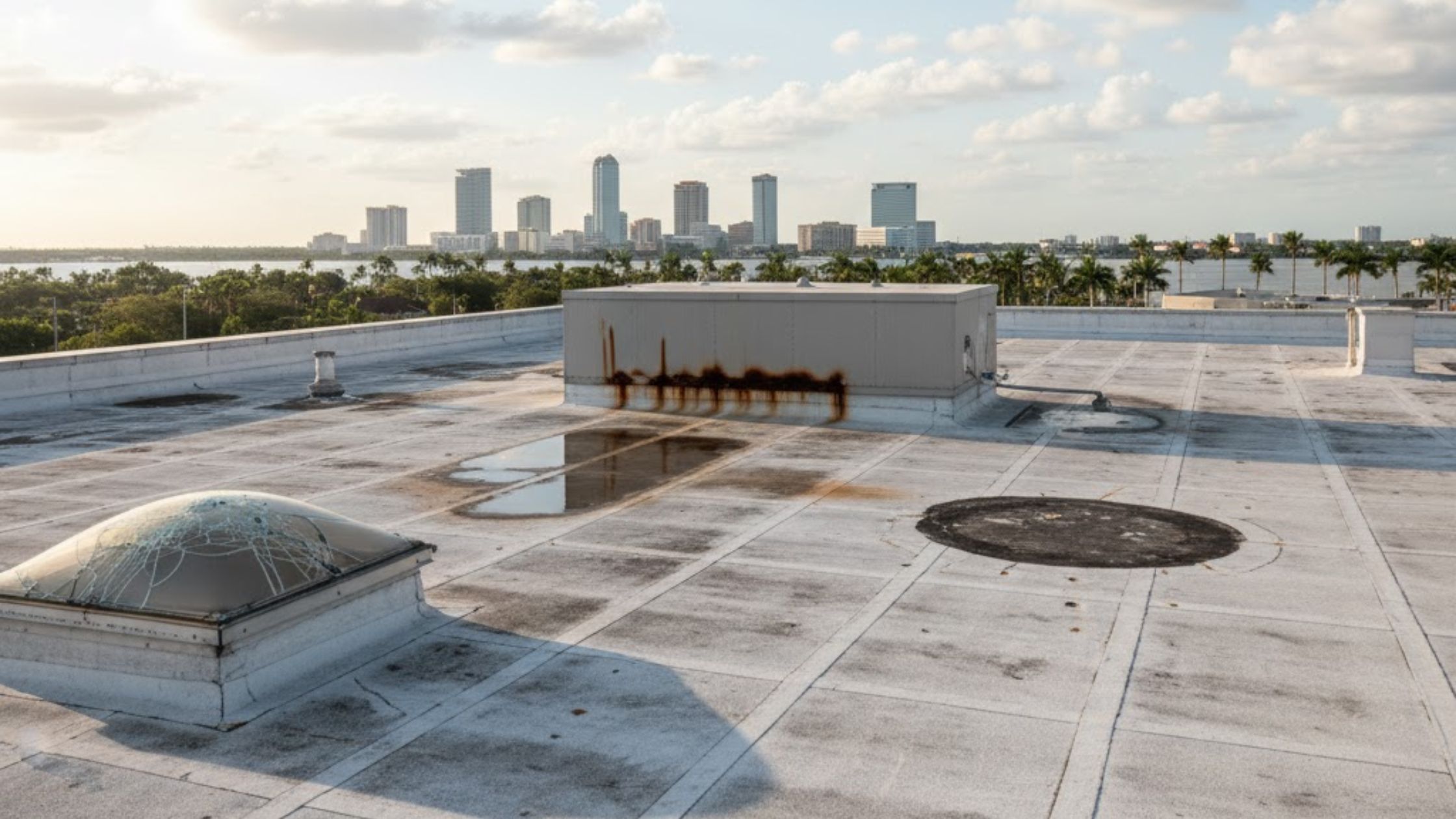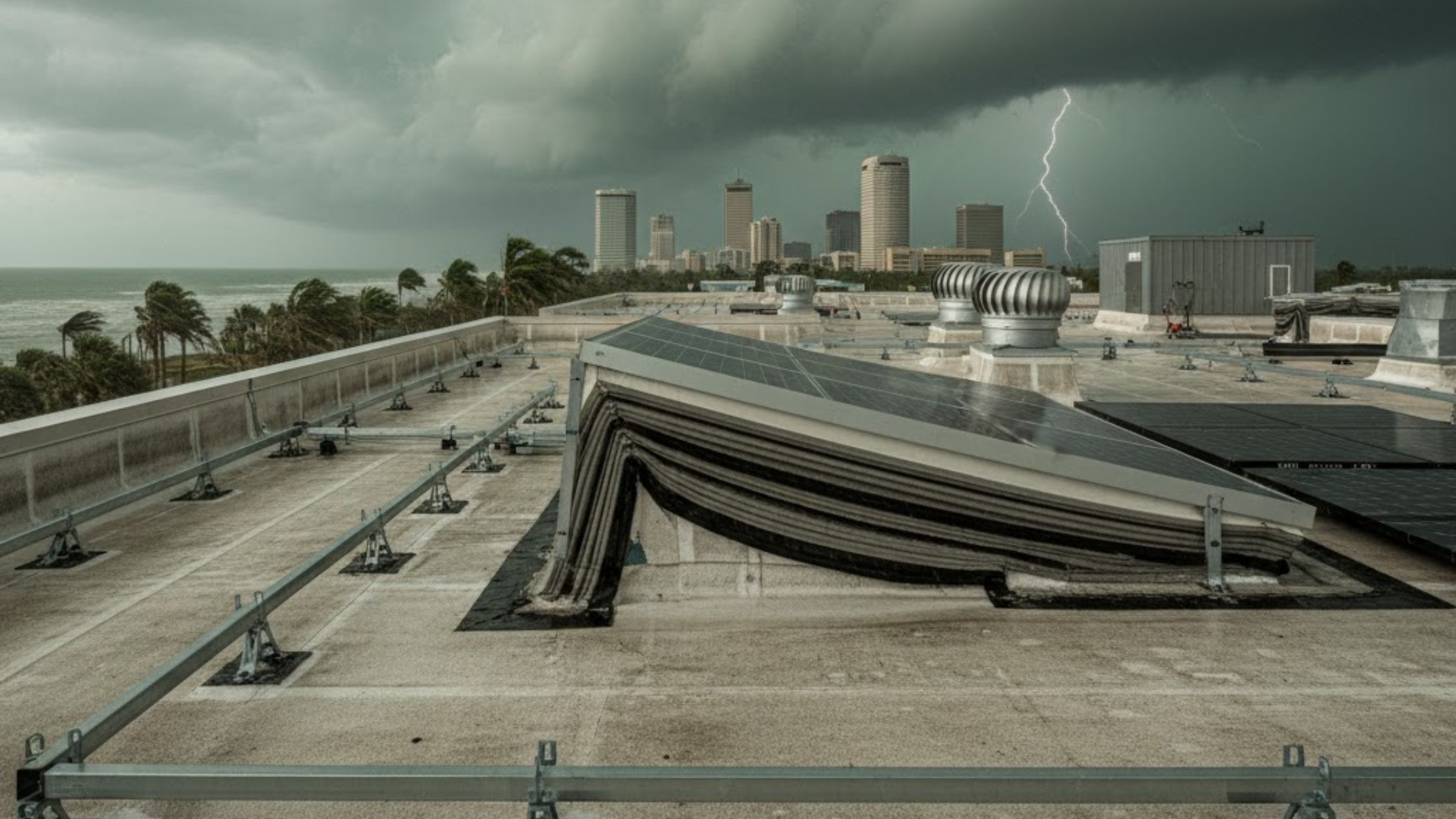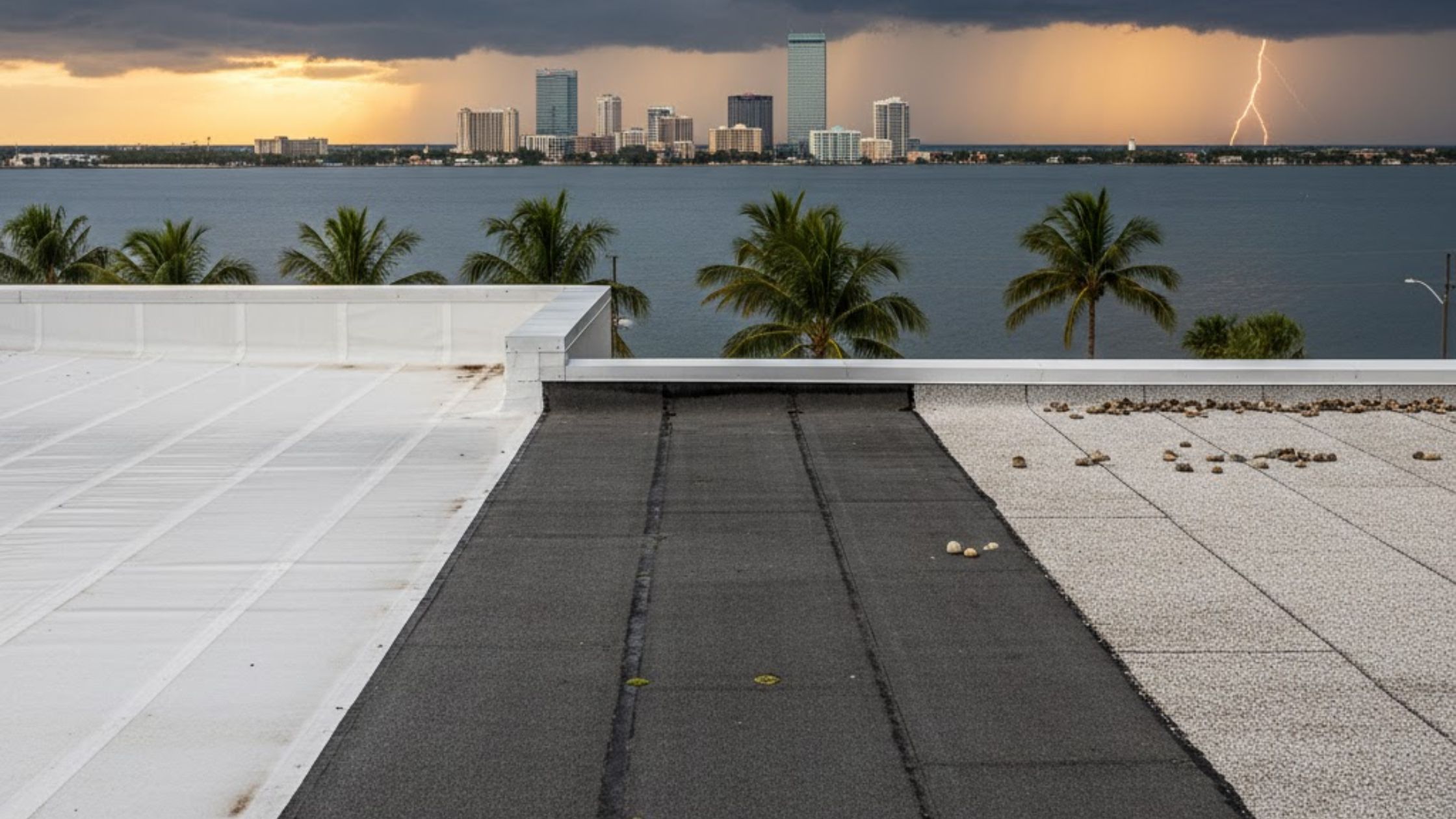What Are the Most Durable Commercial Roofing Materials for Clearwater’s Climate?
Discover the most durable commercial roofing options for Clearwater’s hot, storm-prone climate. Protect your building long-term. Get expert advice today!
I’ve spent a decade helping businesses in Clearwater pick roofing systems that stand up to our unique coastal challenges. Between scorching UV, salt-laden breezes, torrential rains, and hurricane-force winds, selecting the right materials can make or break your investment. In this guide, I’ll walk you through the top contenders—highlighting their strengths, weaknesses, and real-world performance—so you can choose with confidence.
Understanding Clearwater’s Unique Climate Challenges
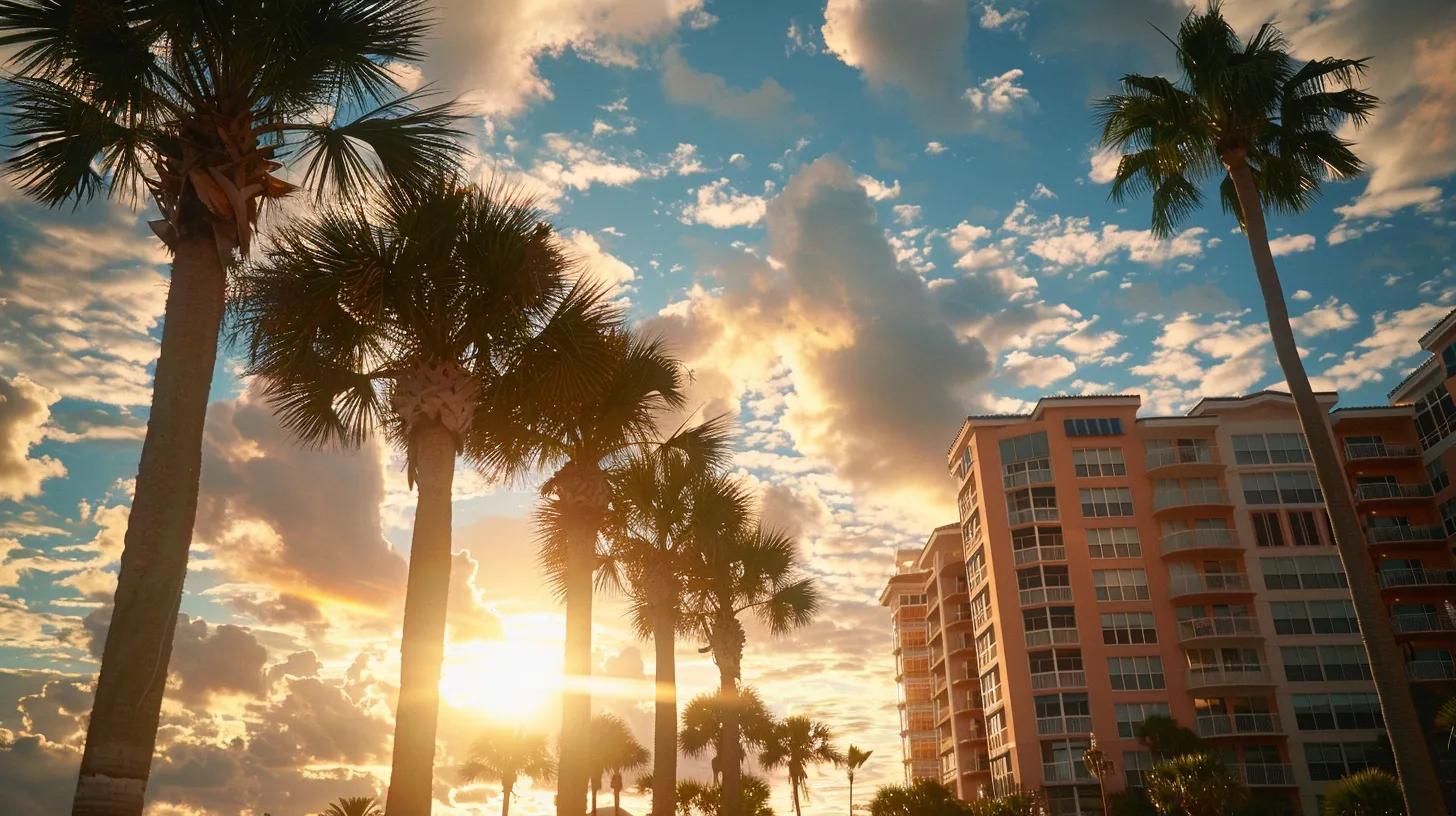
Every roofing decision I make starts with these three factors: relentless sun exposure, corrosive salt air, and extreme weather events. If your roof can’t handle all three, it won’t last.
Coastal Salt Air and UV Exposure
Clearwater’s proximity to the Gulf of Mexico means salt particles constantly bombard rooftops. Over time, salt accelerates corrosion—especially on metal fasteners and unprotected membranes. Add intense UV radiation, and you’ve got polymers that degrade, membranes that become brittle, and coatings that chalk and fade faster than inland counterparts.
Torrential Rain and Hurricane-Force Winds
Florida’s wet season brings heavy downpours that test waterproofing seams and flashings. Then hurricane season arrives, slamming roofs with winds exceeding 120 mph. Uplift forces can pull nails out of decking or tear loose improperly installed membranes. A durable roof system must marry high-wind fastening techniques with watertight seams.
Key Durable Commercial Roofing Materials
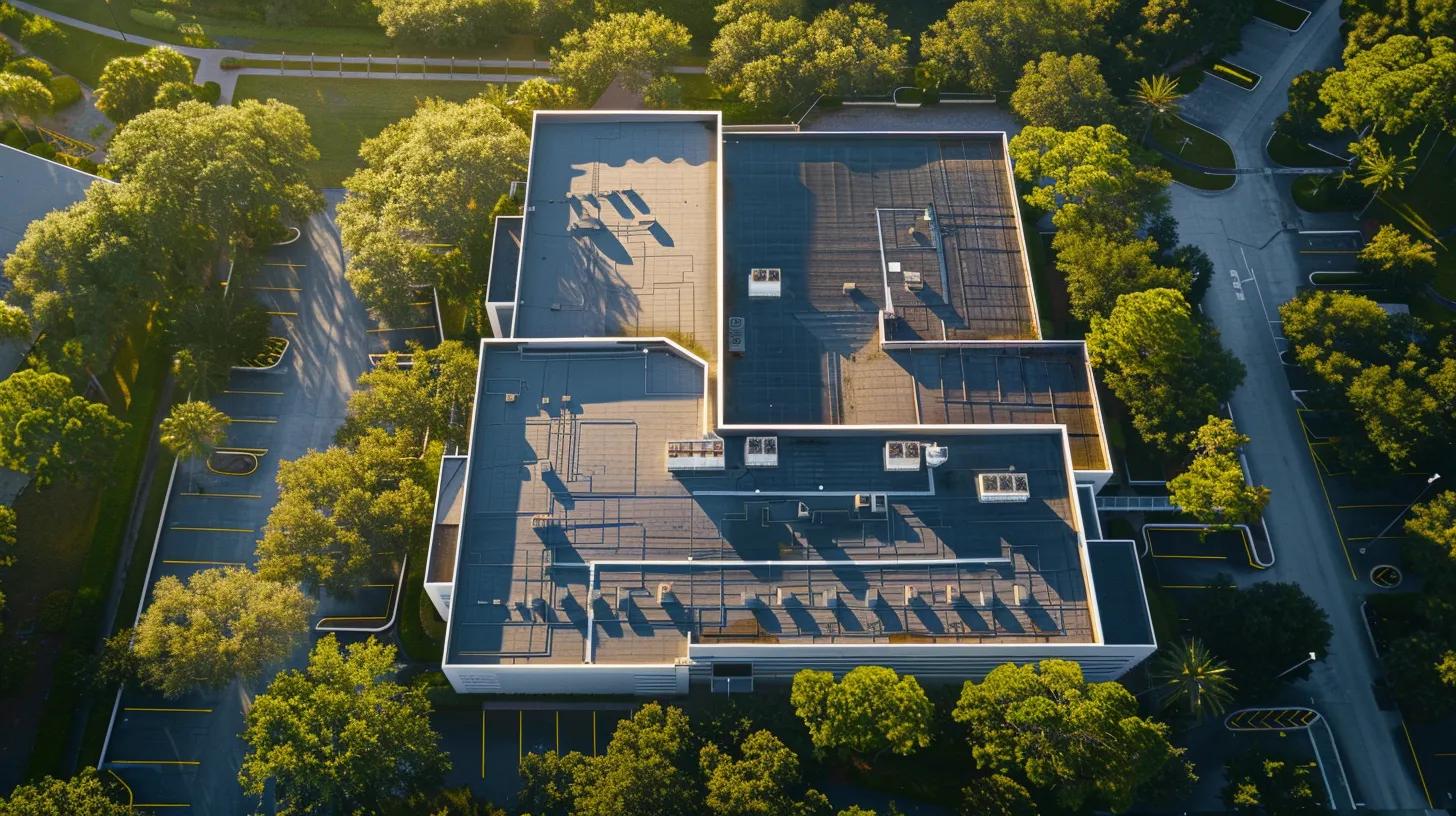
I always start with market-proven materials that perform best in Gulf Coast environments. Here are my top picks.
Thermoplastic Olefin (TPO) Roofing
TPO has become a go-to flat-roof solution in Florida. Its white, single-ply membrane reflects up to 80 percent of solar heat, slashing cooling costs. Seam welds create a monolithic barrier against leaks—ideal for heavy rains.
TPO Pros:
Excellent solar reflectivity and energy savings
Welded seams resist hydrostatic pressure
Lightweight, easy to install on low slopes
TPO Cons:
Quality varies by manufacturer
Improper welds risk seam failures under wind uplift
Membrane thickness degradation over decades
When specifying TPO, I always insist on a minimum 60 mil membrane with reinforced scrim and factory-tested weld equipment. This ensures your roof meets wind uplift requirements and UV resistance standards.
In many projects, we integrate Commercial roofing in Clearwater solutions to tailor TPO systems for each building’s profile.
Metal Roofing Systems
Metal roofs—typically standing-seam panels—are unmatched in lifespan and wind resistance. Aluminum and galvalume steel resist salt-air corrosion, and modern finishes deliver high solar reflectivity.
Metal Pros:
Lifespan of 40–70 years
Wind ratings up to 160 mph
Non-combustible, fire-resistant
Metal Cons:
Higher upfront cost
Requires specialized installation
Potential noise in heavy rain (mitigated with proper underlayment)
On high-exposure sites—like beachfront warehouses—I often pair metal panels with factory-applied PVDF coatings rated for 10,000 hours of UV resistance. That doubles down on longevity.
Modified Bitumen Membranes
Modified bitumen offers multilayer redundancy by bonding asphalt-rubber composite sheets together. Reinforced with fiberglass or polyester, it stands up to foot traffic and punctures better than many single-ply systems.
Modified Bitumen Pros:
Excellent tear and puncture resistance
Multi-layer redundancy reduces leak risk
Proven track record in hot, wet climates
Modified Bitumen Cons:
Dark surface absorbs heat (must add reflective cap sheet)
Torch-applied installation demands skilled crews
Slightly heavier, requiring stronger decking
In downtown Clearwater, I’ve specified cap sheets with white mineral granules or reflective acrylic coatings to mitigate heat absorption—delivering both durability and energy savings.
EPDM Single-Ply Roofing
EPDM (rubber roofing) remains popular for low-slope commercial buildings. Its seamless field installation is virtually impervious to UV and ozone. With a 45 mil membrane, it can last 25 years or more.
EPDM Pros:
Excellent UV and ozone resistance
Seamless field-applied for few penetrations
Affordable initial cost
EPDM Cons:
Black membrane absorbs heat
Less reflective than TPO or PVC
Seams require special adhesives
To combat heat, I often specify “white-backed” EPDM or reflective coatings after installation. It’s a cost-effective compromise for budget-sensitive projects.
Choosing the Best Flat Roof Solution for Florida
Flat roofs dominate commercial buildings here, so picking the right membrane is critical. My go-to shortlist includes TPO, EPDM, PVC, and reinforced bitumen. Each has advantages—but here’s how they stack up for Clearwater.
With reflective finishes, PVC outperforms TPO in chemical resistance—making it the ideal choice for restaurants or industrial sites where grease and oils are present.
My process always includes a thorough deck analysis, drainage slope verification (minimum ¼ in/ft), and integration with Residential roofing services teams when projects span both commercial and adjacent residential zones.
UV-Resistant and Cool Roofing Technologies
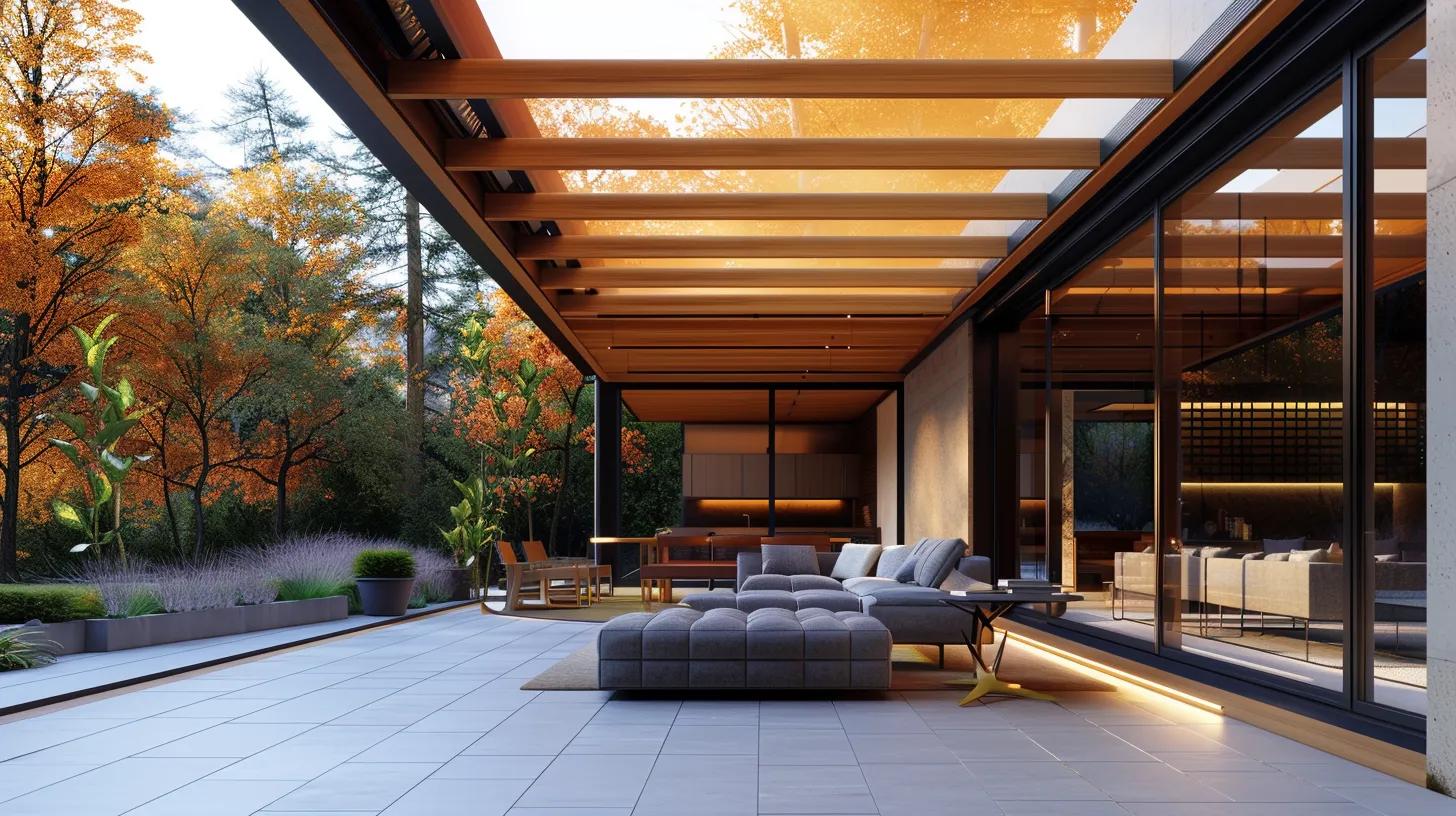
As energy codes tighten, “cool roofing” has gone from nice-to-have to strategic necessity. I look for materials meeting or exceeding ENERGY STAR and Cool Roof Rating Council requirements.
Reflective Coatings and Cool Roof Standards
Acrylic, silicone, and polyurethane coatings can boost reflectivity and extend roof life. On existing roofs, a silicone top coat can add 10 years of UV protection for under $2/ft².
I specify high-solids silicone coatings (1.5 gal/100 ft²) in maintenance plans—keeping warranties intact and improving energy performance.
In many new developments, I advise pairing slick white membranes with new construction roofing designs that incorporate green roof decks or solar carport structures.
Sustainability and Energy Efficiency
Sustainable roofs aren’t limited to reflectance. Cool roofs paired with vegetative systems, ballast ballast roofs with recycled pavers, and solar photovoltaic arrays all contribute to LEED points and long-term ROI.
I worked on a Tampa Bay area office park where a TPO system was covered with modular green trays. The thermal mass reduced peak cooling loads by 15 percent—paying for itself in under seven years.
Partnering with CB Roofing Solutions, I’ve integrated solar-ready metal systems that simplify panel attachment—avoiding roof penetrations and preserving membrane integrity.
Ensuring Durability: Installation, Warranties, and Maintenance
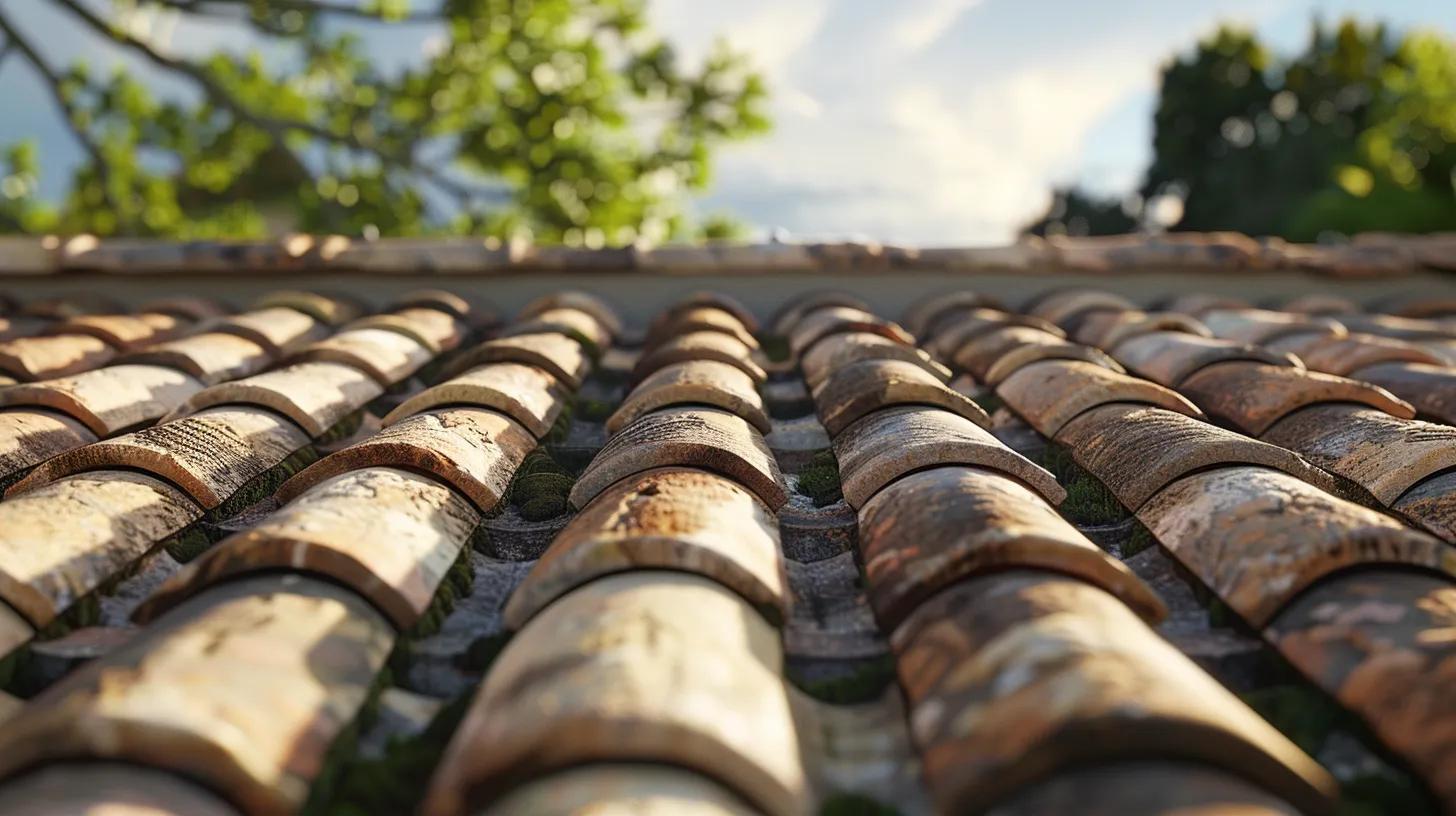
A perfect material fails under poor installation. I insist on factory-certified crews, manufacturer-approved details, and documented testing.
Importance of Professional Installation
Every seam weld, termination detail, and flashing must meet both FM Standard 1-90 and local building code wind uplift criteria. I conduct on-site pull tests and thermal imaging scans post-installation to verify weld integrity and detect hidden voids.
Relying on in-house crews rather than subcontractors ensures consistent quality across every phase.
Warranties and Lifecycle Costs
I compare single-ply manufacturer warranties (typically 20–25 years for membrane and 10–15 years for labor) against metal supplier warranties (30–50 years on PVDF finishes, 20 years on substrate).
Next to roofing, I always recommend holistic envelope protection—downspouts, scuppers, and Gutter Repair & Installation services designed to handle 4 in/hour storm events—so water never undermines your membrane.
Final Words
Choosing the right commercial roofing system for Clearwater’s climate demands deep technical knowledge and local expertise. By integrating reflective membranes, durable metals, and smart coatings—backed by rigorous installation standards and maintenance programs—you ensure your roof not only shelters your assets but also enhances energy efficiency and lifecycle value.
CB Roofing Solutions provides these durable commercial roofing services tailored for Clearwater’s unique Gulf Coast environment.
Frequently Asked Questions
What is the difference between TPO and metal roofing?
TPO is a reflective single-ply membrane ideal for flat or low-slope roofs, offering lower upfront cost and good energy performance. Metal roofing provides unmatched longevity, superior wind resistance, and fireproofing but requires higher initial investment and skilled installation.
What is the best type of flat roof for Florida?
TPO and PVC membranes are top choices due to high solar reflectivity, UV stability, and ease of seam welding. EPDM is budget-friendly but may absorb more heat. Modified bitumen works well where extra puncture resistance is needed.
Are TPO roofing systems waterproof?
Yes—when seams are properly heat-welded and details are executed per manufacturer guidelines, TPO forms a monolithic, waterproof barrier. Quality control during installation is critical to prevent seam failures.
How do I improve UV resistance on a commercial roof?
Apply a high-solids silicone or acrylic coating rated for UV exposure. Alternatively, select membranes with factory-applied reflective finishes (e.g., topcoats containing titanium dioxide or ceramic beads).
How long do commercial roofing materials last in Clearwater?
Depending on material and maintenance, lifespans range from 20 years for standard TPO and EPDM up to 70 years for premium metal systems. Proper installation, coatings, and proactive inspections can extend life by 10–15 percent.

